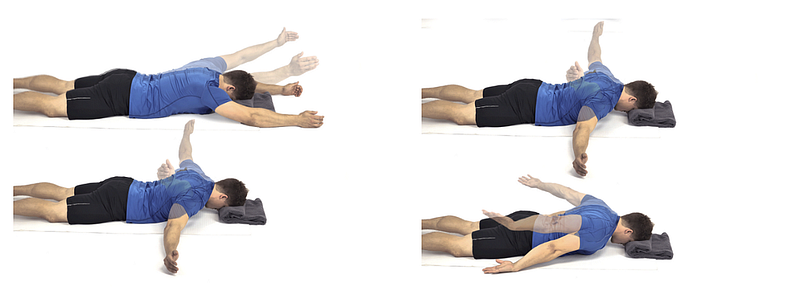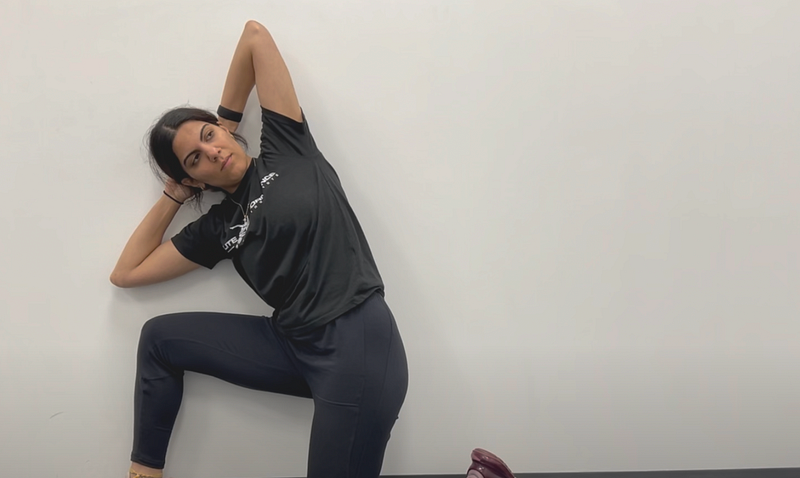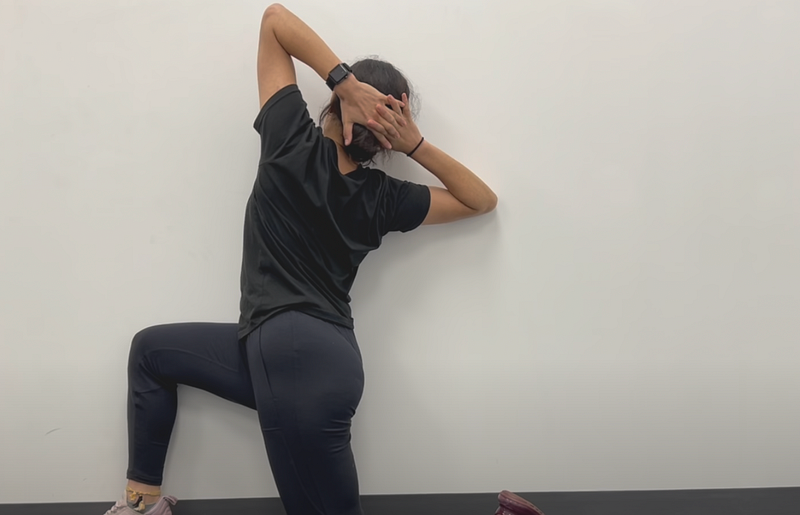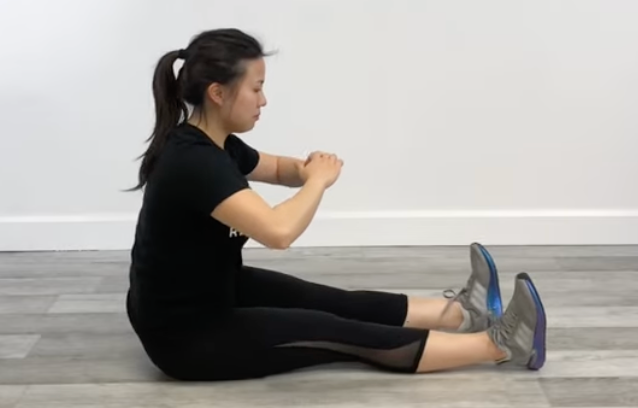Transform Your Morning Routine: 3 Unique Exercises for Back Pain Relief
Written on
Chapter 1: Introduction to Effective Mobility Practices
Do you often wake up feeling like you've been hit by a truck? That’s just part of the human experience after accumulating a few years of life! While it’s unrealistic to feel your best every day, there are simple habits you can adopt to kickstart your morning on the right path. In this guide, I will share three effective yet lesser-known mobility exercises designed to help your body function as it should. These movements can transform your daily experience from battling discomfort to feeling vibrant, agile, and ready to tackle whatever comes your way.
Let's dive into your new favorite mobility routine!
Opening the Door to Pain-Free Living
As a kinesiologist, I frequently encounter a troubling trend among my clients: a significant lack of confidence in moving beyond typical ranges of motion. This is particularly evident in the shoulders, mid-spine, and hips, where weakness and instability are common. The good news is that you can easily address these issues by enhancing your mobility in critical areas such as the thoracic spine and hip flexors. These movements are surprisingly straightforward, yet many of us neglect them.
You don't need to rely on a physical therapist or personal trainer to start feeling better today; the responsibility is in your hands. By focusing on the ranges of motion we often overlook, you can keep your body functioning optimally. Although these exercises might appear odd, they are crucial for maintaining your body's efficiency. Just three minutes a day can make a world of difference!
Important Note: If you have a history of chronic injuries or conditions that could interfere with these exercises, please consult a qualified physical therapist or doctor before starting. Your long-term health is paramount!
Section 1.1: Multi-Plane Shoulder Extensions
Application: Perform 5–8 repetitions of each movement.
Instructions: Begin by lying on your stomach, with your neck supported on a pillow or towel. Raise your arms overhead and lift them off the ground in a pulsing motion. Gradually lower your arms into a T position and then into an M position, following the same pulsing technique (refer to the accompanying images). Keep your neck relaxed and remember to breathe deeply.
Purpose: This exercise combats a closed chest and rounded shoulders—positions we often find ourselves in. Additionally, it strengthens and builds endurance in essential postural muscles, reducing discomfort from prolonged sitting. Whether you’re an elite athlete or just an everyday individual, everyone can benefit from opening up their upper body in this manner.

Section 1.2: Wall-Assisted Thoracic Rotations
Application: Execute 6–8 repetitions on each side.
Instructions: Position yourself in a lunge close to a wall. With both hands behind your head, rotate your torso to face outward. Slowly extend backward while rotating your spine, allowing the front elbow to trace an invisible line along the wall. Reach back as far as comfortable before returning to the starting position. Take your time and breathe deeply throughout the exercise.
Purpose: The thoracic spine bears a significant load in our daily activities, yet we rarely position it to thrive. This exercise enhances both rotation and extension in this vital area, enabling the lumbar and cervical regions of the spine to function more effectively.


Section 1.3: Quadratus Lumborum Walks
Application: Perform 8–10 walks forward and backward, twice.
Instructions: Sit with your legs extended in front of you. Gently shuffle forward by shifting your hips while maintaining an upright torso. After a few feet, reverse the movement to walk backward. Although it may look a bit silly, this exercise effectively engages the often-overlooked quadratus lumborum (QL) and stimulates the deep core muscles. For an added challenge, try this exercise with your arms raised overhead.
Purpose: The quadratus lumborum often goes untrained, yet it's closely linked to lower back pain. By incorporating this movement into your routine, you can significantly reduce the incidence of persistent, dull aches in your back and hips.

In Closing
Don't make waking up any more challenging than necessary. Start your day with straightforward exercises that encourage your body to move well. Morning mobility not only has the power to alleviate discomfort but also energizes and empowers you as you connect mindfully with your body. Take charge of your day by prioritizing your health!
You can do this!
-David Liira, Kinesiologist
Chapter 2: Additional Resources for Back Pain Relief
To further assist you, here are two excellent video resources to enhance your back pain relief routine.
The first video, titled 6 Exercises To Relieve Back Pain In 9 Minutes - FOLLOW ALONG, provides a quick yet effective follow-along routine that targets back pain relief in just nine minutes.
The second video, Back Pain Relief Exercises in 5 Min, offers quick exercises designed to relieve back pain in just five minutes, perfect for those with a busy schedule.